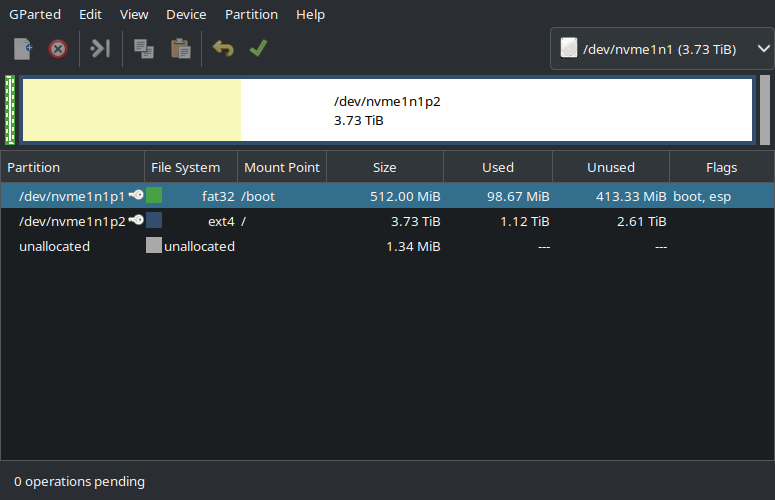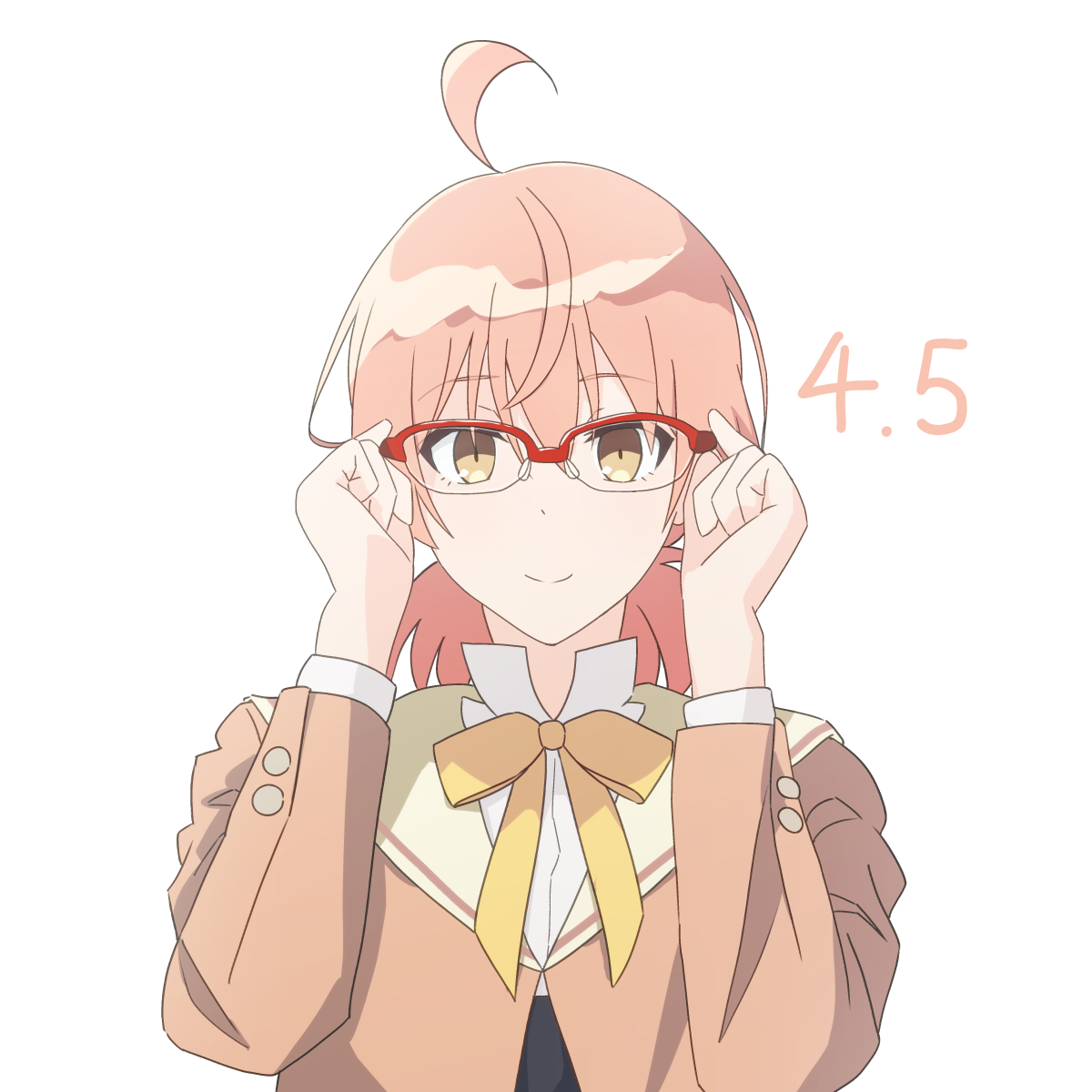How did you partition your disk before installing Linux? Do you regret how you set it up?
I’m looking for some real users experiences about this and I’m trying to find the best approach for my setup.
Thank you for sharing!
In 20 years of using Linux my partition scheme has always been to say yes to whatever the OS suggests.
It’s usually that way for a reason, is my thinking
whatever the OS suggests.
Ew. Then you get XFS.

Just used the default for one big partition. I used to do tedious partition configurations, but it always ended up biting me down the road more than helping. This drive is for the OS, games, and working files. I have a 16TB NAS that holds anything worth saving, so if I need to nuke the whole thing and do a reinstall, all I really end up doing is downloading a bunch of Steam games again.
This gives basically no headaches at all. I am running this schema on all my Linux devices. And swap is done using a swapfile instead of a partition. This way, you can easily increase it later on.
~500 MB for /boot and the rest is LUKS-encrypted btrfs
- 550MiB /boot (also used as esp)
- Rest for / (btrfs)
- Subvols for /home, /var/log, /var/cache, /.snapshots (snapper snaps), /swap
Just recently repartitioned my MacBook:
1 GB for EFI (vfat)
2 GB for /boot (ext4)
11 GB for swap
224 GB for / (bcachefs)
Grub cannot load a kernel off bcachefs so I need ext4 to bridge the gap. Once the kernel is loaded, it has no problem using bcachefs as root.
This is a laptop. On a desktop that can handle more drives, I would split /home onto a drive of its own.
Defaults are usually fine for most users. People who know they are going to distro hop or need to move data later should have a separate
/home, but that’s about it until you get into special purpose installs.I partitioned my disk 50/50 for Windows and Linux with some proprietary software. It didn’t end up working and i whiped my windows install.
Then I bought a new boot drive so my linux and macos install are physically separated.
/boot/efi /root
For Laptops:
- 500 MB - /boot/efi
- 1 GB /boot ext2
- X GB for / with Luks2 encrypted f2fs
And don’t forget: GPT not MBR.
I just chose the automatic partition thingy ¯\_(ツ)_/¯
In my first install I had different home and root partitions. That was a big mistake. Once set, you cannot resize them properly and you are fucked if they are not perfect for your need. In my case the root partition got to small. After some time I just reinstalled with a single partition and would do that again.
Once set, you cannot resize them properly
This is untrue.
I’ve resized and moved partitions on a remote host during a reboot – i.e. doing the change in a batch during that boot.
It’s possible, and for most other resizes it’s easy enough and worth it for the benefits. Do you want to do it daily? No. Do you want to half-ass it and not pay attention during? Also no.
EFI 83:boot(e4fs) 8e:lvm(e4fs) bf:zfsThis is just for /dev/sda or so, and implies non-redundant root disks because mirroring is done by the hypervisor. I’ve been 20 years doing virtualization, and I’m really starting to forget the last vestiges of my mdadm fdisk layout.
So many people in this thread have no idea why you’d want separate allocation for /home and /tmp and others. Are we missing proper mentorship?
main ssd with debian stable: a single partition for the system + swap
secondary harddrive: an opensuse, a debian testing, and a freebsd partition + shared data partition
Well played NSA…! Anyway :
fabien@debian2080ti:~$ df -h Filesystem Size Used Avail Use% Mounted on /dev/mapper/debian2080ti--vg-root 28G 25G 1.8G 94% / /dev/mapper/debian2080ti--vg-home 439G 390G 27G 94% /home /dev/sda3 1.7T 1.6T 62G 97% /media/fabien/a77cf81e-fb2c-44a7-99a3-6ca9f15815091 /dev/nvme0n1p2 456M 222M 210M 52% /boot /dev/nvme0n1p1 511M 5.9M 506M 2% /boot/efi udev 16G 0 16G 0% /dev tmpfs 3.2G 1.9M 3.2G 1% /run tmpfs 16G 168K 16G 1% /dev/shm tmpfs 5.0M 24K 5.0M 1% /run/lock tmpfs 3.2G 2.6M 3.2G 1% /run/user/1000so basically NVMe for system and
/homein .5T and HDD 2T for backups and rarely accessed files, ext4.No dual boot, no Windows. No regrets.
I setup a media PC with an SSD for boot / OS and spinning rust for the videos, music, etc.
So, I thought LVM would be a good idea… put the whole lot into a logical pool and then carve out large parts for the media which could be adjusted in the future.
No.
Resizing actually just chops up the drives even more (so, partition fragmentation)
Gparted can’t see it, so adjustments are terrible CLI commands
And my favourite system backup tool (clonezilla) cant backup the OS without backing up the entire system.




